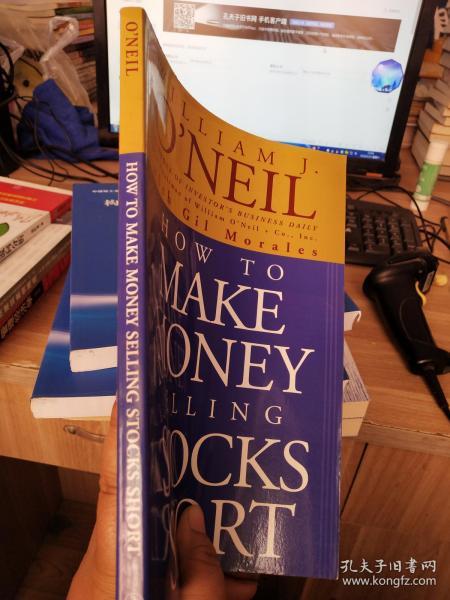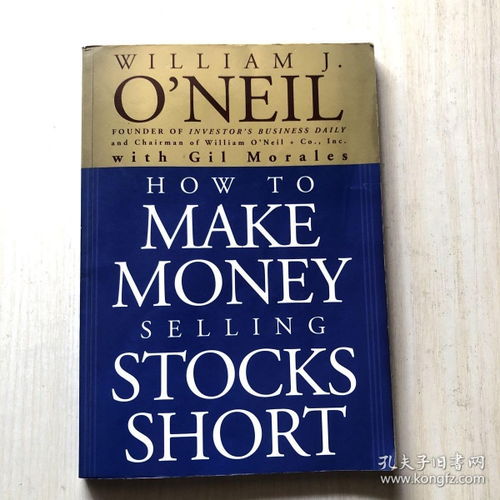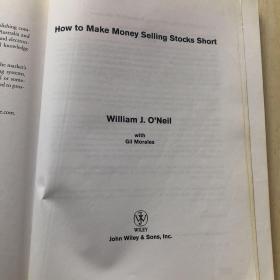Understanding Short Selling

Short selling is a trading strategy where an investor borrows shares of a stock and sells them at the current market price, with the intention of buying them back at a lower price in the future. This strategy can be lucrative, but it also comes with significant risks. If you’re considering short selling to make money, here’s a detailed guide to help you get started.
How Short Selling Works

When you short a stock, you’re essentially betting that its price will fall. Here’s a step-by-step breakdown of the process:
- Borrow shares from a broker: To short a stock, you need to borrow shares from your broker. This is typically done through a margin account, which allows you to borrow money to buy stocks.
- Sell the borrowed shares: Once you have the shares, you sell them at the current market price. This gives you cash in your account.
- Wait for the stock to fall: You then wait for the stock’s price to decline. When it does, you buy back the shares at the lower price.
- Return the borrowed shares: After buying back the shares, you return them to your broker.
- Keep the profit: The difference between the price at which you sold the shares and the price at which you bought them back is your profit.
Understanding Risk

While short selling can be profitable, it also comes with significant risks:
- Market risk: The stock price could rise instead of fall, leading to a loss.
- Liquidity risk: Some stocks may not be easily borrowed or sold, making it difficult to execute your short position.
- Interest and fees: You’ll need to pay interest on the borrowed shares, as well as any fees associated with the short sale.
- Regulatory risk: Short selling is subject to various regulations, and violating these can result in penalties.
Researching Stocks to Short
Before you start short selling, it’s crucial to research potential stocks. Here are some factors to consider:
- Market trends: Look for stocks that are in a downtrend or have a high level of uncertainty.
- Financial health: Analyze the company’s financial statements to identify any red flags, such as declining revenue or increasing debt.
- News and events: Stay updated on any news or events that could impact the stock’s price, such as earnings reports or product launches.
- Technical analysis: Use technical analysis tools to identify potential shorting opportunities.
Setting a Stop Loss
A stop loss is a price at which you’ll exit your short position to limit your losses. Here’s how to set a stop loss:
- Identify a support level: Look for a price level where the stock has historically struggled to fall below.
- Use technical analysis: Utilize technical indicators, such as moving averages or Fibonacci retracement levels, to determine a suitable stop loss price.
- Consider your risk tolerance: Set a stop loss that aligns with your risk tolerance and investment strategy.
Managing Your Short Positions
Once you’ve entered a short position, it’s important to manage it effectively:
- Monitor the stock: Keep an eye on the stock’s price and any news or events that could impact it.
- Adjust your stop loss: If the stock’s price moves closer to your stop loss, consider adjusting it to limit your losses.
- Exit the position: If the stock’s price starts to rise, it may be time to exit your short position to avoid further losses.
Using Leverage Wisely
Short selling often involves using leverage, which can amplify both gains and losses. Here’s how to use leverage wisely:
- Understand your margin requirements: Be aware of the margin requirements for short selling and ensure you have enough capital to meet them.
- Don’t over-leverage: Avoid taking on excessive leverage, as this can lead to significant losses.
- Use margin to your advantage: Leverage can help you increase your potential returns, but use it judiciously.
Conclusion
Short selling can be a powerful tool for making money, but it requires careful research,




